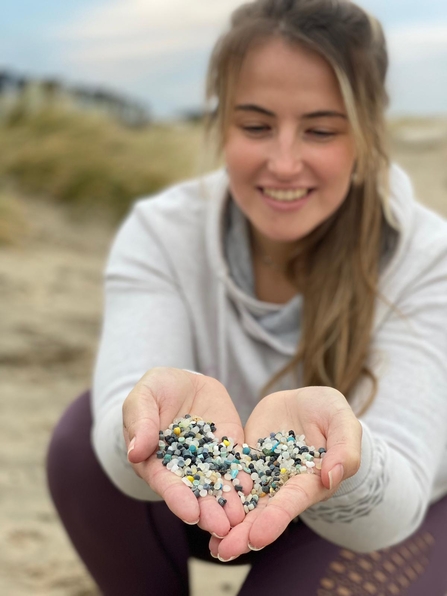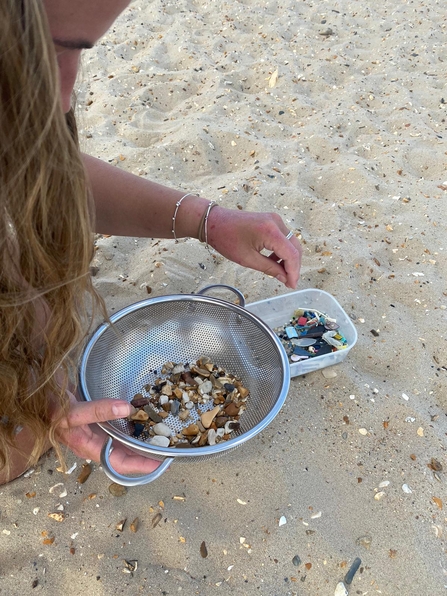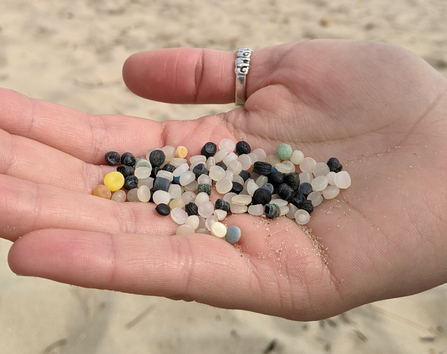From tiny nurdles to tangles of deadly rubbish, every day we see the impact of human activity on our seas. Marine pollution is threatening our amazing wildlife, both in the water and along the coastline.
To mark Beat Plastic Pollution Day, Natalie Harris, a Secrets of the Solent Marine Champion and founder of the beach cleaning campaign, Clean Our Seas, tells us more about an insidious and often-overlooked form of pollution: microplastic.




